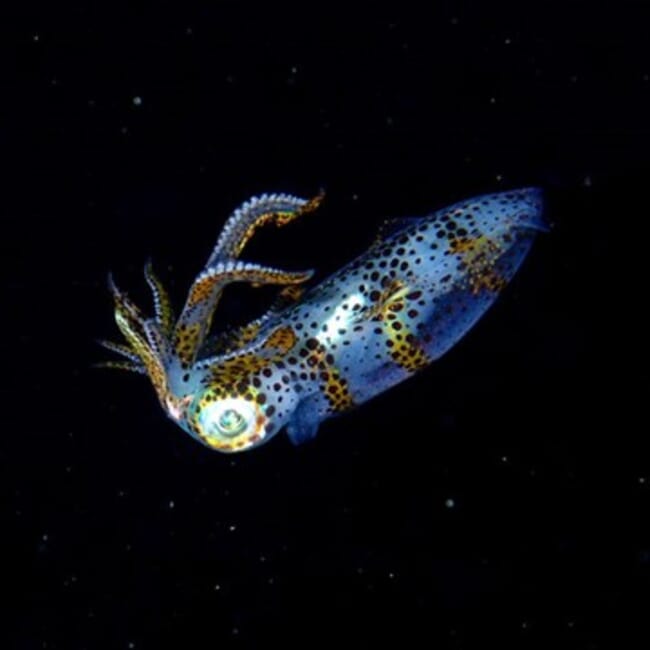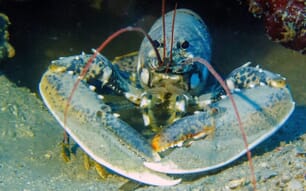
Japanese researchers are hoping to start farming them commercially following the collapse of wild stocks © Dr Ryuta Nakajima
All species of squid in Japan’s waters have been declining since the 1980s and their estimated population sizes are just 10 percent of historic levels. As a result, Japan - which has one of the highest rates of fish and seafood consumption in the world - now relies on imported squid from South America.
Successfully rearing squid in a way that is compatible with aquaculture has never before been achieved due to several of the animal’s traits - such as their aggressive behaviour, sensitivity to water flow, food preferences and complex lifecycle.
This invention has not only closed the lifecycle of the squid but it’s also done in a way that’s efficient and cheap enough to be commercialized. Dr Zdenek Lajbner, who is responsible for squid culturing within the OIST Unit, highlighted that the system specifically focuses on providing good conditions for spawning and hatching.
“We applied knowledge from different parts of aquaculture and made a lot of adjustments,” Dr Ryuta Nakajima, visiting researcher at OIST, explained to Lucy Dickie in a press release. “Compared to my experience in two other labs, the hatching and survival rate of the animals is much higher here.”
This system is aimed at producing oval squid, three species of which are found off Okinawa.
“This is a ground-breaking step towards the development of sustainable squid farming over multiple generations,” said Prof Jonathan Miller, who leads the research.
The researchers are now working closely with OIST’s Office of Technology Development and Innovation (TDIC) to meet with companies who would be interested in commercialising the invention. As part of this, they have filed a provisional patent.
“We are excited to promote this technology externally to companies for potential licensing opportunities,” said Graham Garner, TDIC’s technology licensing specialist.




